Mathematics and art have historically intertwined in the most intricate ways. From the 4th century BC, when Greek sculptor Polykleitos published his Canon, dictating proportions based on the ratio 1:2 for the ideal male nude, to the Italian Renaissance when Luca Pacioli published the renowned work, Divina proportione, in 1509 on the application of the golden ratio in art, artists have incorporated mathematics into their artwork in the most astonishing way.
Now, in the modern world of the 21st century, centring on the fundamental properties of sounds and visuals, one such artist named Ryoji Ikeda utilizes mathematical aesthetics and precision to create his craft. With mathematical concepts, meticulous orchestration of music, graphics, materials and other physical occurrences can also be found immersed into installations and live performances of the Japanese artist additionally reflecting United Nation’s Sustainable Development Goals of Industry, Innovation and Infrastructure.
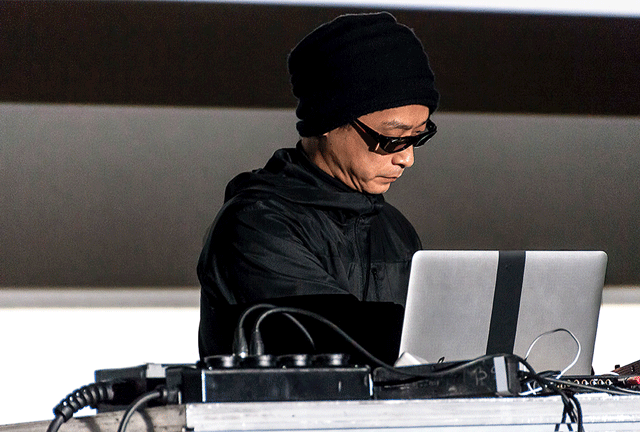
Ikeda first became acquainted with contemporary art and sound media while working as an audiovisual producer at Spiral Gallery in Tokyo in the early 1990s. He then joined the Kyoto-based artist group Dumb Type's production crew in 1993 where he specialized in sound. Ikeda produced four albums with the experimental label between 1996 and 2002, defying the limits of noise perception by mixing sounds such as ambient, glitch, minimal as well as string sounds.
“It seems to be obvious that the form, style, and way of representation will be endlessly transformed by technological trends, which has long been a tradition within music — from the invention of notation, or instruments such as the pianoforte, to digital downloads today, ” says Ikeda in an interview with Japan Times.
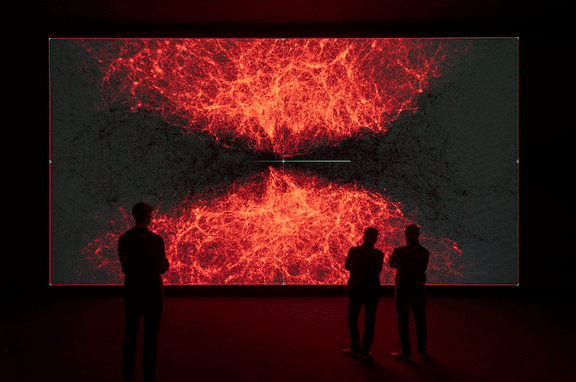
Ikeda’s artwork often tries to question the parallels and contrasts between human perception and those of the cyber world. His 2018 audiovisual installation, Code-Verse, which is a fast-paced audiovisual that is laborious for the human eye to completely comprehend acts as a testament.
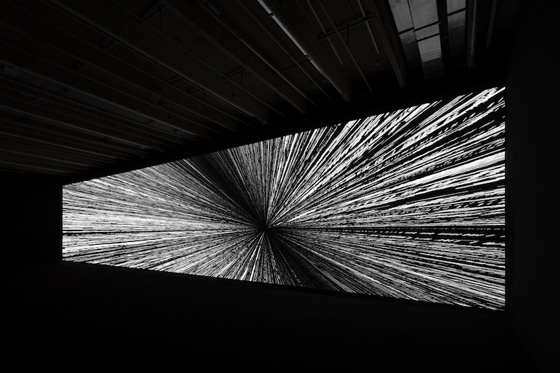
These anarchic codes, according to Ikeda, are beautiful poetry that can birth both structure and precision. For the audio component of this artwork, Ikeda converts various types of data into an almost abstract code— “phrases” as he calls them, that creates audiovisual compositions by using musical pitch as a medium. In the same manner that one listens to music, the standalone polyphonic piece is also immersed with white noises and intertwines the poetry of mathematical relationships and various codes.
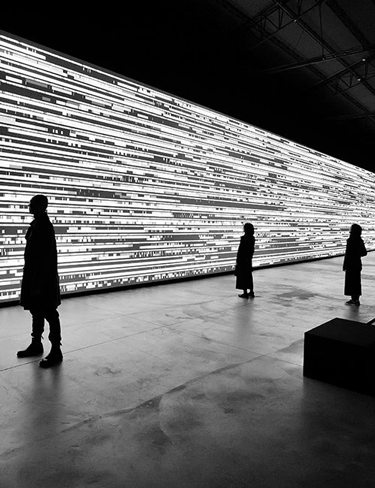
As one's perspective of reality begins to become lost in the infinite data, Ikeda wants his audience to feel completely immersed in the artwork.
In addition to his audiovisual installations, Ikeda also works in two dimensions, with an emphasis on materializing the invisible. He uses filmstrips to symbolize “time” in his continuing work Time and Space, which began in 2010. The piece, 4'33" from the project is an artwork made up of 16mm magnetic film strips used for movie soundtracks that pay homage to John Cage's work of the same name.
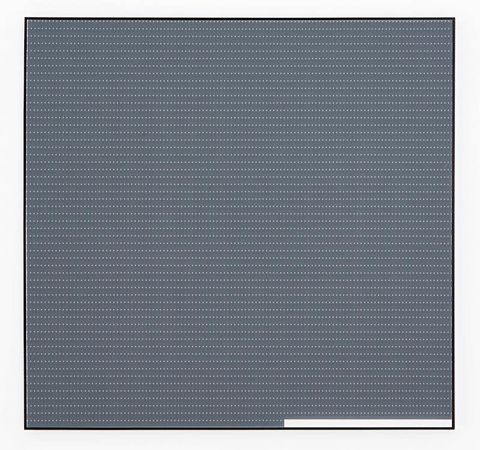
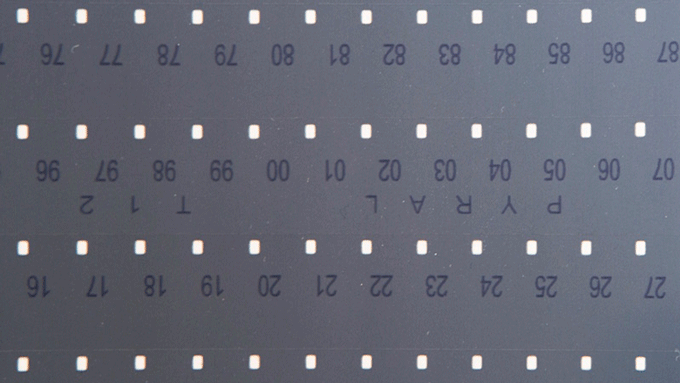
Likewise, another ongoing series from 2012, Systematics, encases piano rolls for player pianos, punched cards for antique computers, and so on in acrylic panels to document the progress of various data applications. These artworks, which are shown as lightboxes, emphasize attempts to transmit information via unseen data.
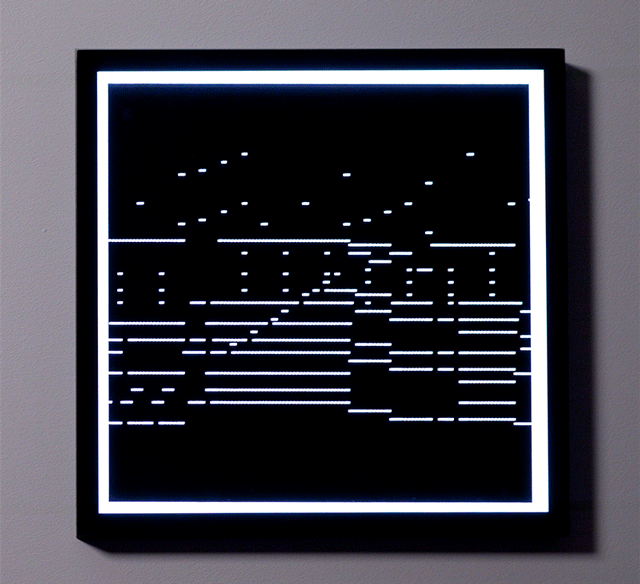
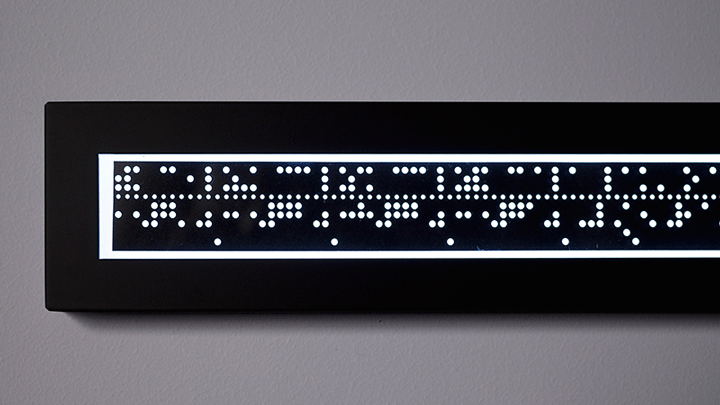
Currently, Ikeda has been collaborating with German musician Carsten Nicolai since 2000 through the artist collective cyclo., which was established on their mutual interests in sound visualization. Soundings: A Contemporary Score, the first major exhibition of sound art to be organized at The Museum of Modern Art in New York, including a live performance by cyclo. in 2013.
To learn more about Ikeda’s exhibition and other artworks, visit Ryoji Ikeda’s website.
